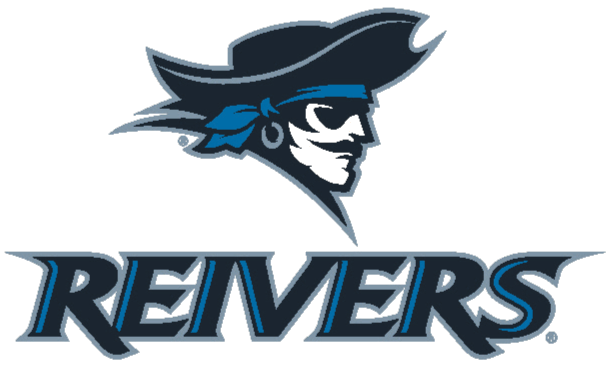
While Endoscopic cubital tunnel release might sound intimidating, it shouldn’t if you have a great orthopedic hand doctor. It is a minimally invasive, surgical technique that uses cutting-edge technology. This is a surgery used to treat cubital tunnel syndrome, also known as ulnar nerve entrapment at the elbow.
The cubital tunnel is located behind the bony bump on the inside of the elbow. When someone does Endoscopic cubital tunnel release, they are trying to decompress the ulnar nerve, where it passes through the cubital tunnel. This is essentially to give the nerve more space. Similar to carpal tunnel, the tunnel-like structure that is the cubital tunnel can sometimes pinch the ulnar nerve. This nerve controls the sensation to the pinky and ring fingers as well as the hand and inner side of the forearm. This compression makes hands and arms to often begin to feel a numb and tingling sensation. Sometimes, beyond just numbness and tingling, the compression of the ulnar nerve can affect the gripping and motor skills of the hand, due to the small muscles attached. It will often feel like it does when someone hits their funny bone really hard because the ulnar nerve is the thing otherwise known as the funny bone.
Signs of cubital tunnel syndrome:
- Pain on the inside of the elbow
- Numbness, pain or tingling in the hand
- Feeling like the pinky has fallen asleep, especially when the elbow is bent.
- Loss of muscle mass in the hand (muscular atrophy)
- Lack of coordination and weakness in fingers
- Difficulty gripping things, especially with the ring and pinky fingers
If your condition is keeping you from being able to do everyday activities, surgery is often suggested. It is best to see a specialist for this, such as Miller Orthopedic’s hand doctor, Dr. Caliste Hsu. She is trained in this type of surgery. The first step in the surgery would be making a very small incision behind the bony bump in the elbow. This is followed by taking a couple of tools, such as retractors, and putting them in the incision to help locate the ulnar nerve from the other nerves. Then a small camera on a tube is put into the incision, this is the portion that makes the procedure endoscopic. The camera allows the surgeon to see inside to determine the best way to decompress the ulnar nerve and then stabilize it. Once it is determined that the nerve and elbow are stable, the surgeon removes the tools and stitches the patient back up. The camera allows for the surgeon to see what cuts are being made without having to make a large incision, such as what is required when doing open cubital tunnel release. Patients can often return to work in about a week following the surgery. Keep in mind that this can vary based on the line of work and what is required for their occupation.
The minimally invasive method is important for a faster recovery because of less scarring, pain, and swelling than other methods of cubital tunnel release. Sometimes, after this surgery, it does take a decent amount of time to for the person regain all of the previous sensations they once felt.
Some advantages of endoscopic versus open cubital tunnel release:
- Smaller incision
- Less pain post-surgery
- Smaller scar
- Quicker recovery
- Less pain and trauma to tissues and in surgery
Most patients who qualify for open cubital tunnel release also qualify for endoscopic cubital tunnel release. If you want relief from your cubital tunnel syndrome with less pain and less recovery time, then come in and see Dr. Caliste Hsu at Miller Orthopedic today!

